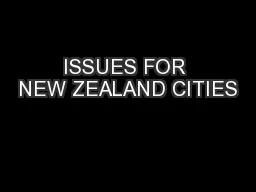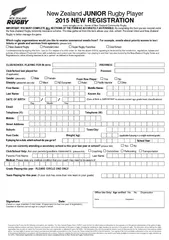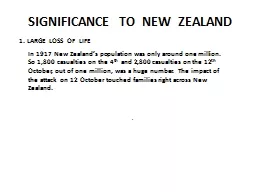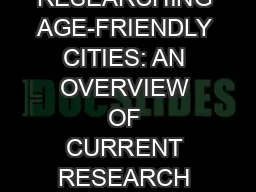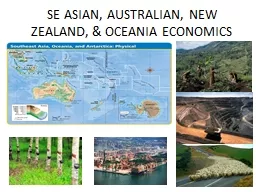PPT-ISSUES FOR NEW ZEALAND CITIES
Author : test | Published Date : 2016-03-02
David Maré Adjunct Professor Department of Economics Waikato University Senior Fellow Motu Economic and Public Policy Research Trust NIDEA Launch Symposium
Presentation Embed Code
Download Presentation
Download Presentation The PPT/PDF document "ISSUES FOR NEW ZEALAND CITIES" is the property of its rightful owner. Permission is granted to download and print the materials on this website for personal, non-commercial use only, and to display it on your personal computer provided you do not modify the materials and that you retain all copyright notices contained in the materials. By downloading content from our website, you accept the terms of this agreement.
ISSUES FOR NEW ZEALAND CITIES: Transcript
Download Rules Of Document
"ISSUES FOR NEW ZEALAND CITIES"The content belongs to its owner. You may download and print it for personal use, without modification, and keep all copyright notices. By downloading, you agree to these terms.
Related Documents

